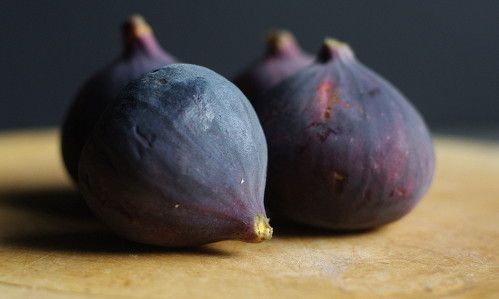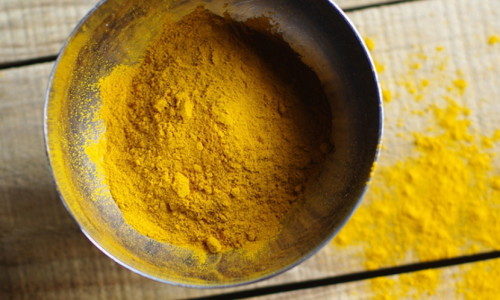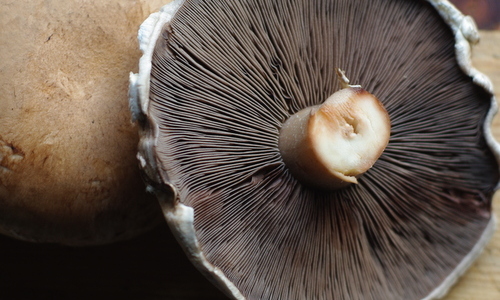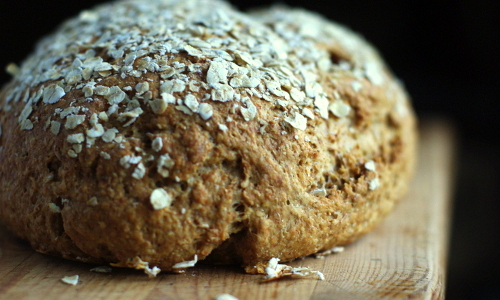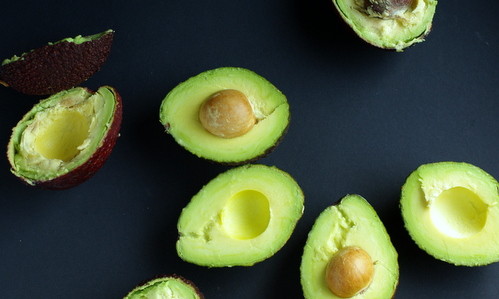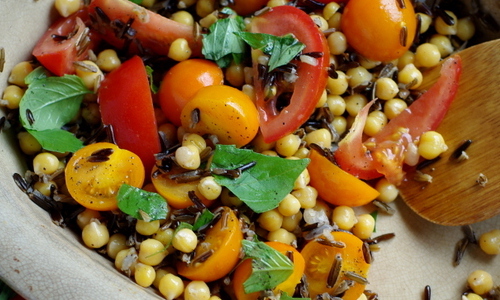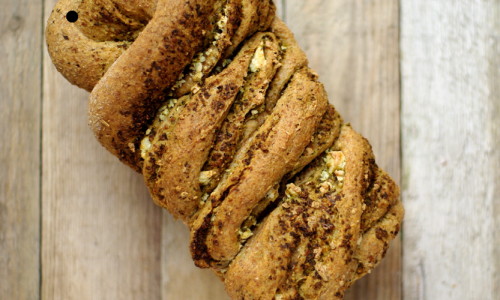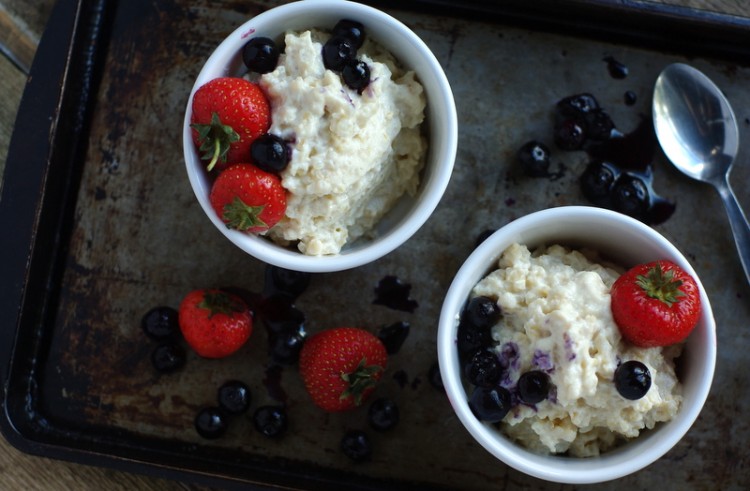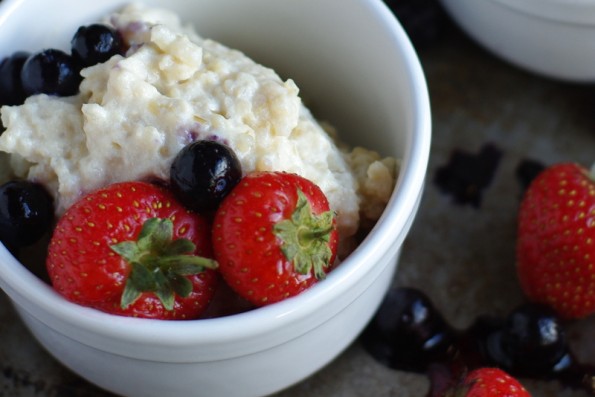Being from Canada, rice pudding is not something that I grew up with, or was even really familiar with as a child. In Canada we eat cake and doughnuts and pie and cinnamon buns and cookies. “Pudding” is something that you get in your packed lunch at school, it’s chocolate flavoured (don’t even mention the butterscotch kind…) and comes in a plastic cup with a foil lid. It does not come hot nor steamed, and certainly never involves rice. I think that my Dad, who was born and raised in England, made it for us one time. My sisters and I just thought he was a bit weird and I promptly forgot about the whole odd experience.
And so the rice pudding matter remained for me, a pretty much non-existent British oddity with which I’d had a brief encounter as a child. That is until I was pregnant with my second son.
I saw one of those prepackaged pots of rice pudding at the shop one day and on a strange pregnant impulse decided to try it. From the first creamy, vanilla rich spoonful I was hooked. Throughout the rest of that pregnancy I could have eaten nothing but cold store bought rice pudding, not the traditional cinnamon kind that has raisins in it mind you, just the plain creamy vanilla sort. Perfection needs no embellishment.
My love of rice pudding has remained to this day.
So the other day when I was thinking about new ways to incorporate different grains into breakfast, the idea struck me. Rice pudding for breakfast? Why not? What a happy way to start the day.
With most of my food adventures, when I start to look into something I tend to unearth a whole world of cultures,variations, histories and significance behind a seemingly banal dish. This certainly is the case today. Who knew there was a varied and fascinating world of stories behind rice pudding?
It turns out that rice pudding is eaten in nearly every part of the world, and has been for as long as people have been cultivating rice. The underlying universality of the dish seems to be rice cooked in milk and often sweetened, but there are oodles of variations in terms of spices, flavourings and occasions on which it’s served. Some versions replace whole rice with ground rice, some black rice, many include fruit, some chocolate (will I be trying that out in the next few days? Yes I will) and some variants include nuts or seeds. You should really check out this page on Wikipedia about it. It’s a gold mine of recipes to try!
In England rice pudding has been common since Tudor times, and has been used as a popular reference to boring food in literature since Victorian times (it’s only as boring as you make it I say). In Scandinavia a form of rice pudding is served as a traditional part of Christmas (my brother-in-Law is Norwegian and I was treated to his version a couple of Christmases ago, it was delicious!). And in Buddhism it’s believed that the last meal that the Buddha ate before attaining enlightenment was rice pudding!
For my first foray into the vast and varied world of rice pudding I went for my old pregnancy standby of simple vanilla rice pudding, made with brown rice and sweetened with dates. Though it may not bring me enlightenment it’s will bring a wholesome, whole grain and comforting start to my day. And that will do for me!
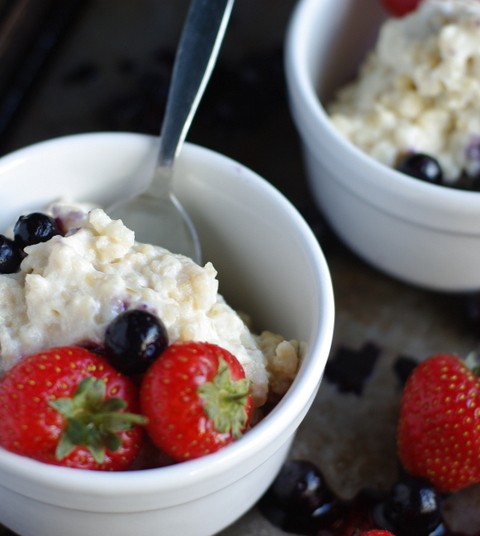

- 50g brown rice
- 300mL milk of your choosing, plus a splash for the end
- 1tsp pure vanilla extract
- 2 dates, roughly chopped
- Put the rice in a blender and pulse it a couple of times just to break it up a tiny bit.
- Add the rice to the milk, vanilla and dates into a small saucepan and place over medium high heat.
- Stir until the milk comes to a rolling boil.
- Reduce the temperature to low, cover and allow to simmer until all of the liquid is absorbed, about 45 minutes to an hour.
- Remove from heat and stir in a splash more milk if you’d like it a bit runnier and serve warm as is or topped with fruit, or allow to cool and refrigerate.

